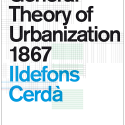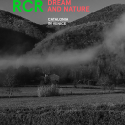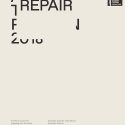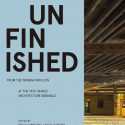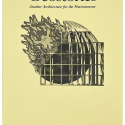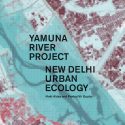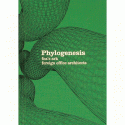General Theory of Urbanization 1867
Ildefons Cerdà
First translation into English on the occasion of the 150th anniversary of the publication of the General Theory of Urbanization by Ildefons Cerdà, an essential work on urban development.
In 1867 Ildefons Cerdà published his “Teoria general de la urbanització.” In this text, the “science of building cities”, understood as a phenomenon, became a new discipline with a broad economic, social and cultural impact on the life of the people of the city. Coinciding with 150 years since its publication, its first translation into English is being presented along with the publishing online urbanization.org with the statistics transformed into interactive graphics and open data, with the aim of expanding the knowledge of Cerdà’s work and encouraging debate on the process of “urbanization” in the future.
Co-published with the Institute for Advanced Architecture of Catalonia in collaboration with the Diputació de Barcelona, the Generalitat de Catalunya through Incasòl. Bloomberg Philanthropies contributed as a collaborator for the international diffusion of the project.
EBOOK EDITIONÁlvaro Siza Vieira: A Pool in the Sea
RCR. Dream and Nature
Repair
Australian Pavilion, 16th International Architecture Exhibition, La Biennale di Venezia 2018
Mauro Baracco, Louise Wright This book unpacks the theme, documents the exhibition and catalogues Australian architectural projects that are conceived through acts of repair exhibited at the Australian pavilion. Repair aims to expand the point of view from the object of architecture, to the way it operates in its context, advocating a role for architecture that catalyses or actively engages with the environmental, social and cultural repair of the places it is a part of. Repair as an approach to architectural thinking is set to become a critical strategy of architectural culture. It is particularly relevant to Australian architects who work in one of the most diverse and ecologically sensitive landscapes in the world. Uniquely, our cities are interspersed and bordered by remnant vegetation and often connected to large natural systems as well as built over the traditional cultural landscapes of our First Nations peoples. They are also scenes of developing ecosystems at which humans are at the centre of.Unfinished
Geostories
Another Architecture for the Environment Rania Ghosn & El Hadi Jazairy / DESIGN EARTH
How do we make sense of the Earth at a moment in which it is presented in crisis? Geostories is a manifesto on the environmental imagination that renders sensible the issues of climate change and through geographic fiction invites readers to relate to the complexity of Earth systems in their vast scales of time and space. The book is organized into three sections– terrarium, aquarium, planetarium, each of which revisits such devices of wonder that assemble publics around representations of the Earth. The series of architectural projects becomes a medium to synthesize different forms and scales of knowledge on technological externalities, such as oil extraction, deep-sea mining, ocean acidification, water shortage, air pollution, trash, space debris, and a host of other social-ecological issues. Through design research, Geostories brings together spatial history, geographic representation, projective design, and material public assemblies to speculate on ways of living with such legacy technologies on the planet.
Yamuna River Project
New Delhi Urban Ecolgy Iñaki Alday & Pankaj Vir Gupta
This publication presents the results of more than five consecutive years of focused research initiatives and designs from The University of Virginia School of Architecture towards the revitalization of New Delhi, India's water bodies. In collaboration with the Delhi Jal Board, The University of Virginia's Yamuna River Project is an inter-disciplinary research program, proposing to revitalize the ecology of the Yamuna River in Delhi and creating vital urban links with the Yamuna River as it flows through India's capital city. Through the research, methodologies, and designs contained within this publication, this project aims to serve as a catalyst for the urgent recovery of the Yamuna River and its tributaries, building a publically accessible body of information and expertise resulting in visions of what an alternative future would be. Only by addressing human equality and the complexity of Delhi's urban phenomenon can the social and ecological crises manifested through these neglected water bodies be solved.
DAM Deutsches Architekturmuseum International Architecture Book Award 2018 Visit urbanNext for exclusive on-line content about this book EBOOK EDITION

